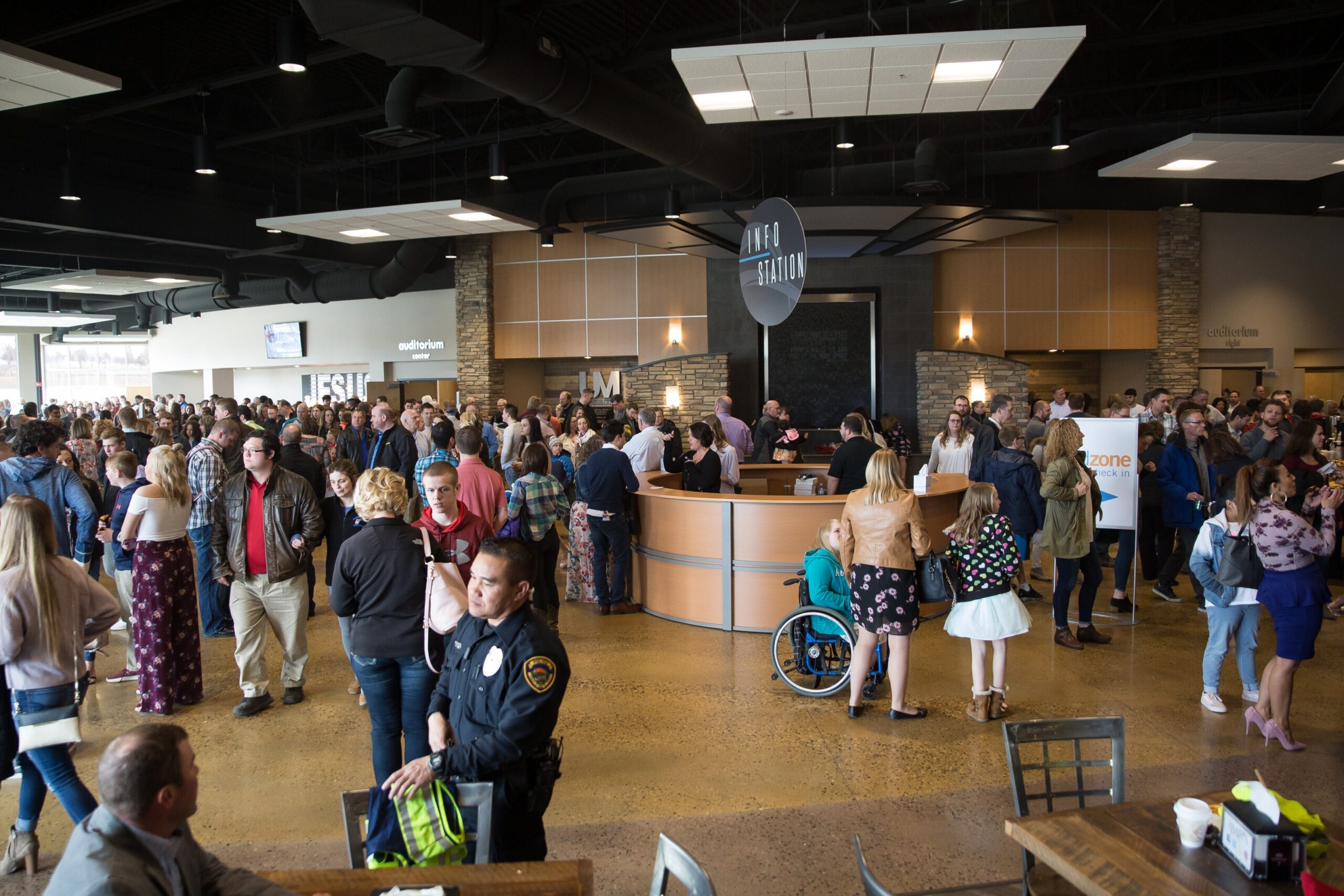
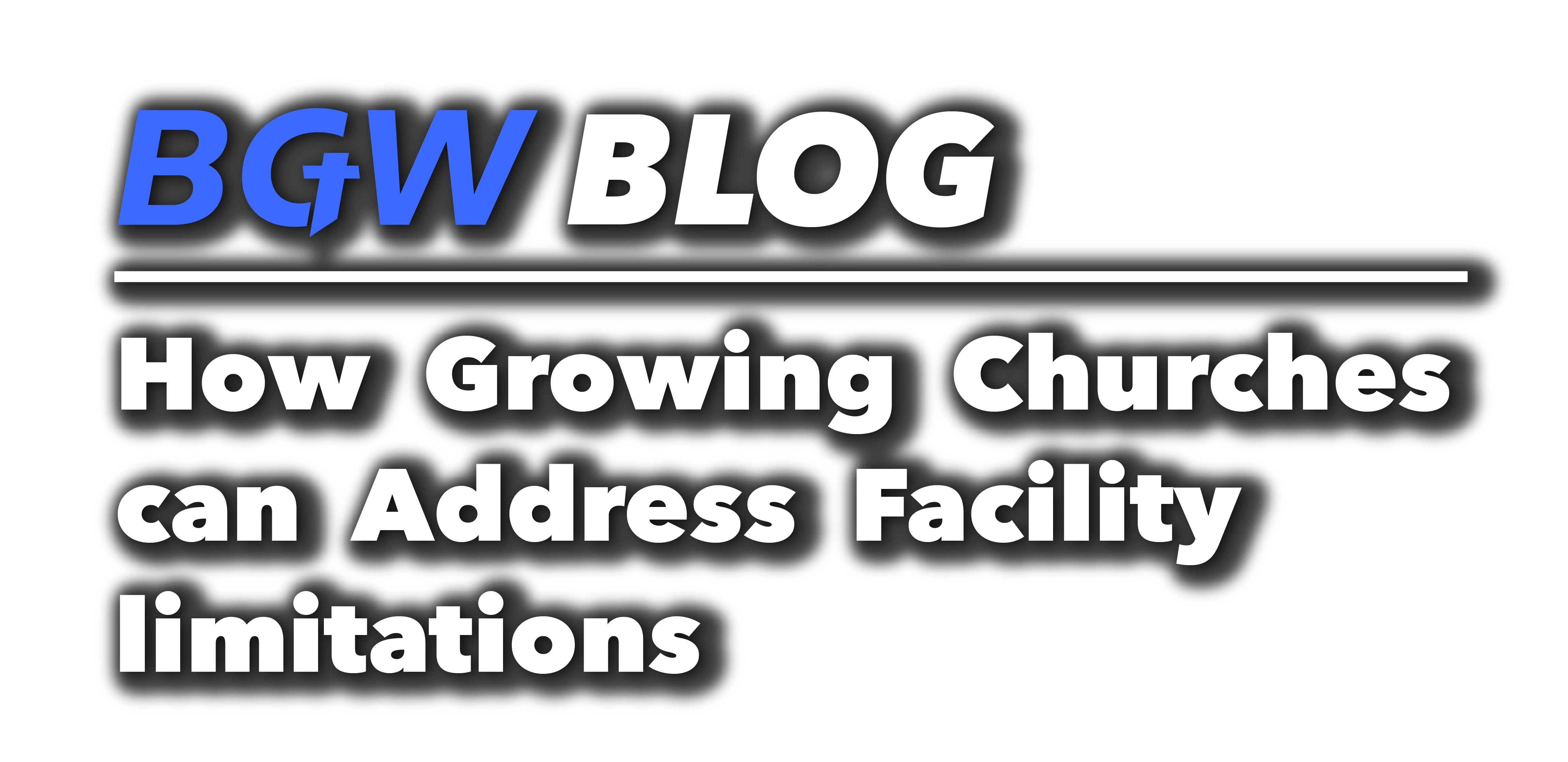
Church leaders of growing congregations often face a unique set of challenges as they navigate the demands of spiritual leadership, organizational growth, staff development, community engagement and more. Chief among these challenges is addressing the limitations of physical space, which often becomes a bottleneck for accommodating increasing numbers of attendees and expanding ministry activities.
In this blog, we will address some of the common facility challenges that growing churches are facing today and offer some effective strategies for addressing these limitations:
Common Facility Challenges...
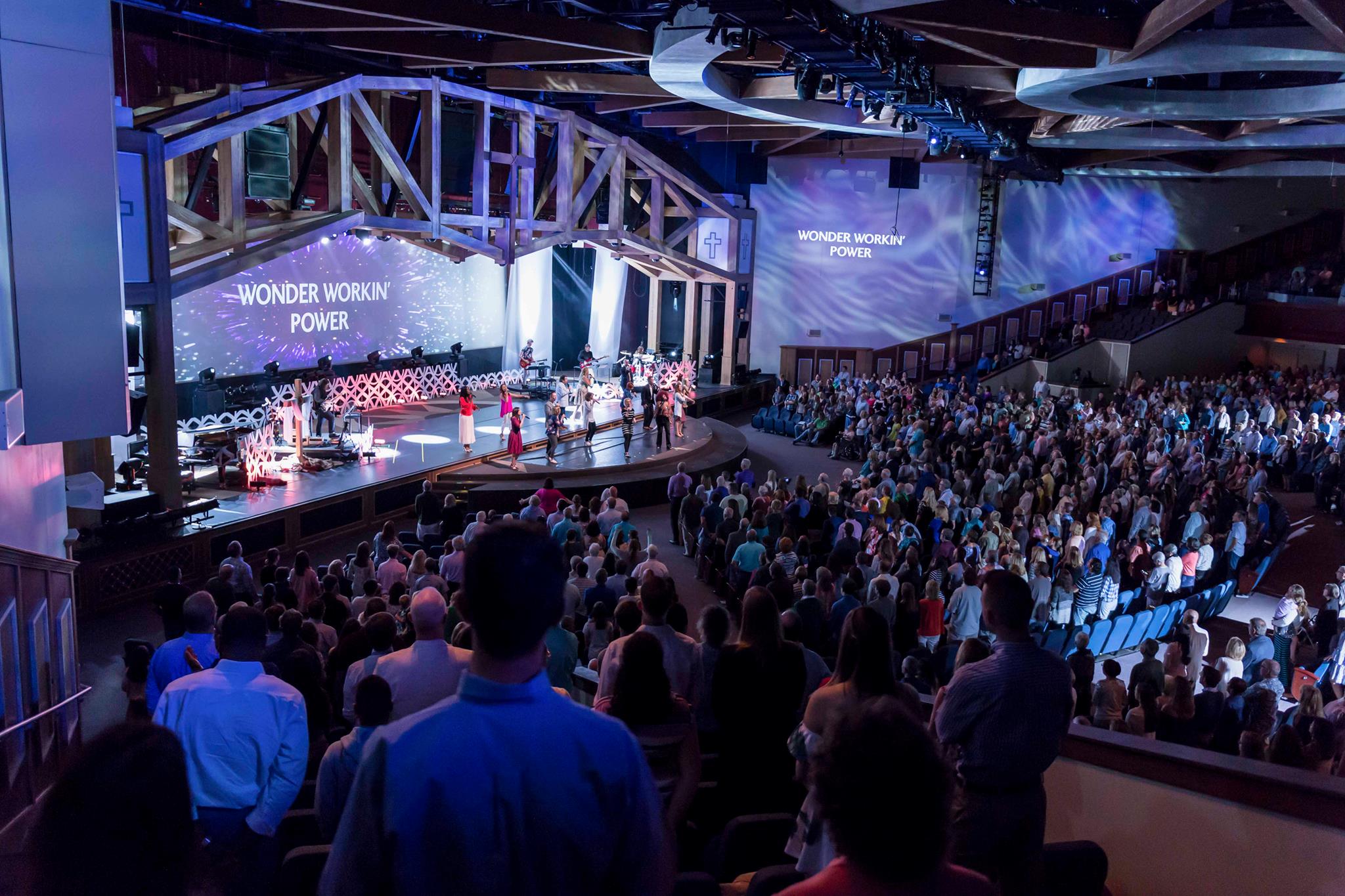
1. Sanctuary Overcrowding
Growing congregations frequently outgrow their main worship areas, leading to overcrowding during services. This can diminish the worship experience for attendees. A common solution is to add more services, but this places additional strain on staff, volunteers, and resources. It can also fragment the congregation, making it harder to maintain a sense of unity. Many churches resort to renting outside venues, such as schools, auditoriums, or community centers, which can be costly and logistically challenging.
2. Insufficient Children's & Youth Ministry Spaces
A growing number of families often means overcrowded classrooms for children’s and youth ministries, making it difficult to provide a safe, engaging, and effective learning environment. Many growing churches also run into compliance issues, as local regulations regarding child safety and occupancy limits may necessitate facility upgrades that can be expensive or require additional staff.
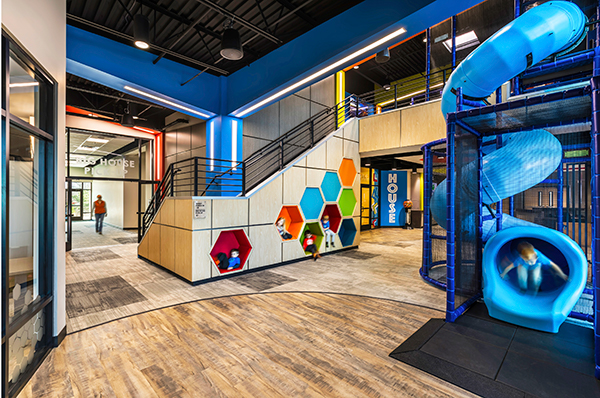
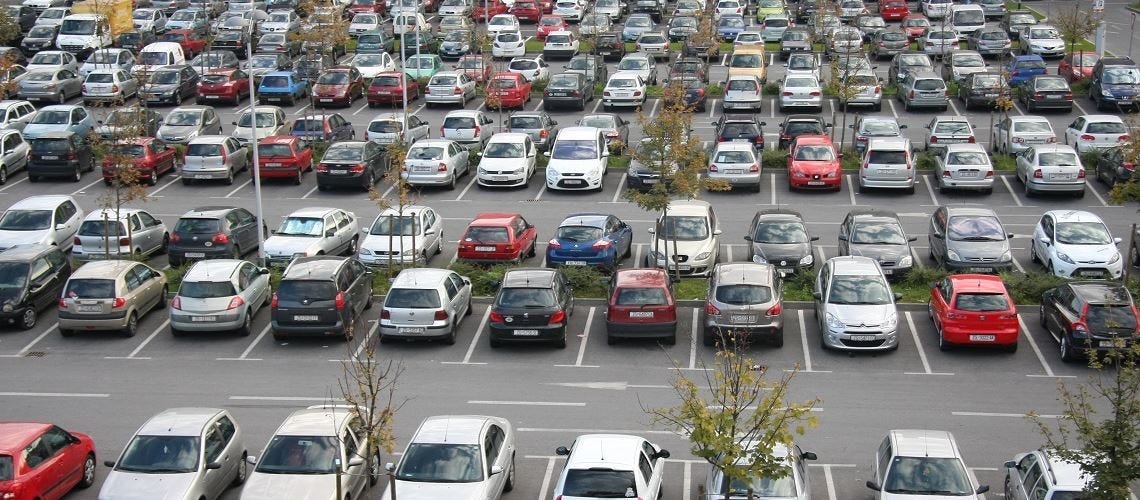
3. Parking Constraints
A lack of parking spaces can discourage potential attendees from visiting and create frustration for existing members. Urban or suburban churches may face tensions with neighbors or local authorities over parking overflow in residential areas.
4. Office and Administrative Space
As the congregation grows, so does the staff. Churches often run out of office and meeting spaces for administrative and pastoral teams. Expanding technical ministries (e.g., live streaming or media production) may require dedicated spaces for equipment and production teams.
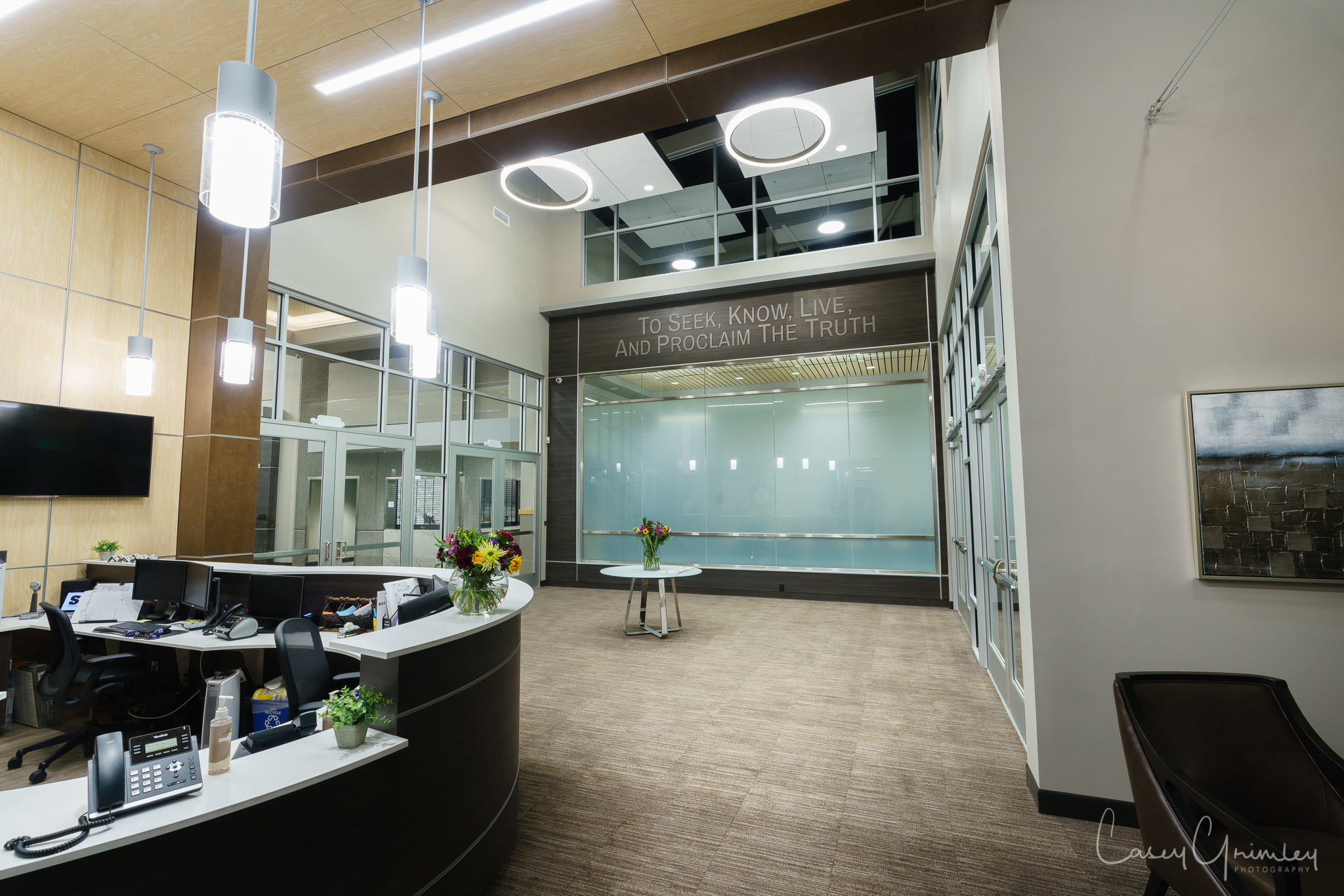
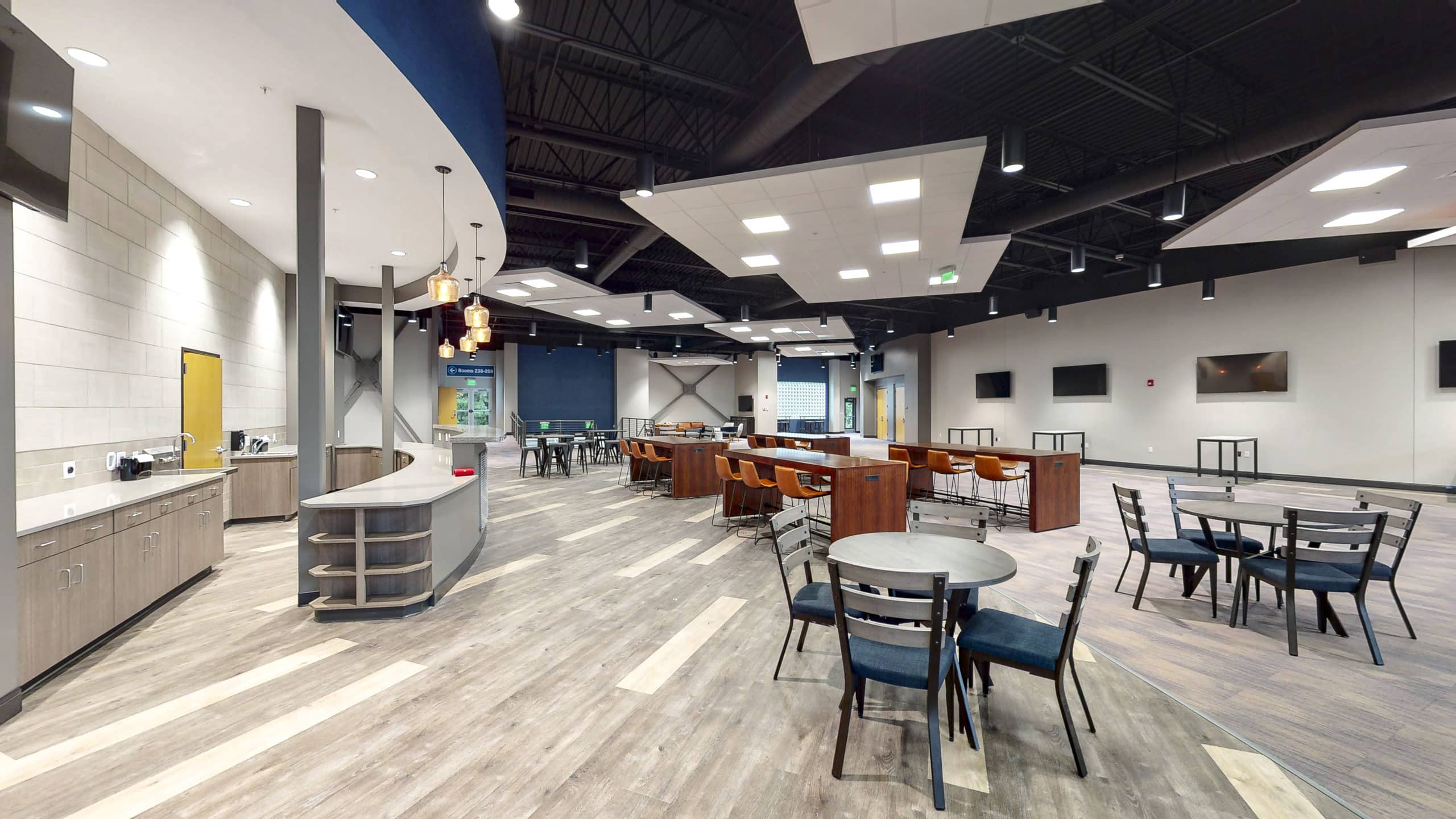
5. Fellowship and Gathering Spaces
Growing congregations often struggle to provide adequate fellowship halls, lobbies, or common areas for community-building activities. Limited space can also restrict the church’s ability to host events, conferences, or outreach programs.
6. Deferred Maintenance “Wear-and-Tear”
Higher foot traffic leads to faster wear-and-tear on facilities, requiring more frequent repairs and maintenance. Many churches, especially those in older buildings, also face challenges with outdated systems (e.g., HVAC, plumbing, electrical) that cannot handle increased usage. Allocating resources to facility improvements may compete with funding for ministries, missions, or staff salaries.


7. Zoning and Regulatory Challenges
Churches planning to expand or relocate may encounter zoning laws that restrict building size, height, or use of property. Navigating local government processes for permits and construction can be time-consuming and expensive.
3 Key Strategies to Address Facility Limitations
1. Plan Strategically for Expansion or Relocation
- Develop a long-term master plan for facility growth, incorporating flexible designs that can adapt to future needs.
- Plan for phased expansions instead of tackling large-scale construction at once. Build in ways that allow for future growth without requiring another total overhaul.
- Seek support from local government or community organizations by framing expansion as a benefit to the broader community (e.g., offering your space for public events or disaster relief efforts).
- Start proactively engaging with local permitting authorities early in the planning process. Conduct thorough research on zoning laws and land-use regulations to ensure compliance and identify potential hurdles before they become obstacles. Pursue any variances or special-use permits that may be necessary (demonstrating how the expansion or relocation benefits the broader community can strengthen the case).
- Foster positive relationships with neighbors through open communication and addressing concerns about traffic, noise, or environmental impact to help gain community support. Partnering with experienced legal counsel and urban planners can further streamline the approval process and minimize delays.
- Consider designs that accommodate different group sizes by using moveable partitions or multi-functional furniture. For example, incorporating retractable walls in the sanctuary so it can double as a conference space during the week.
- Plan utility systems (HVAC, electrical, plumbing) to handle increased loads if expansions are needed in the future. Use open floor plans and structural designs that can accommodate additional wings, mezzanines, or outdoor connections.
- Design fellowship halls with high ceilings and open layouts to accommodate diverse functions, such as meals, sports, or community meetings.
- Design a cafe or lounge that doubles as a casual meeting space or community hub during the week.
- Include integrated audio-visual systems that can accommodate both large-scale worship and smaller gatherings.
- Design themed, engaging rooms for children’s ministry that can double as meeting spaces during the week. For youth spaces, incorporate movable furniture, soundproofing, and tech-friendly setups (e.g., screens, gaming consoles) to make the area multi-functional.

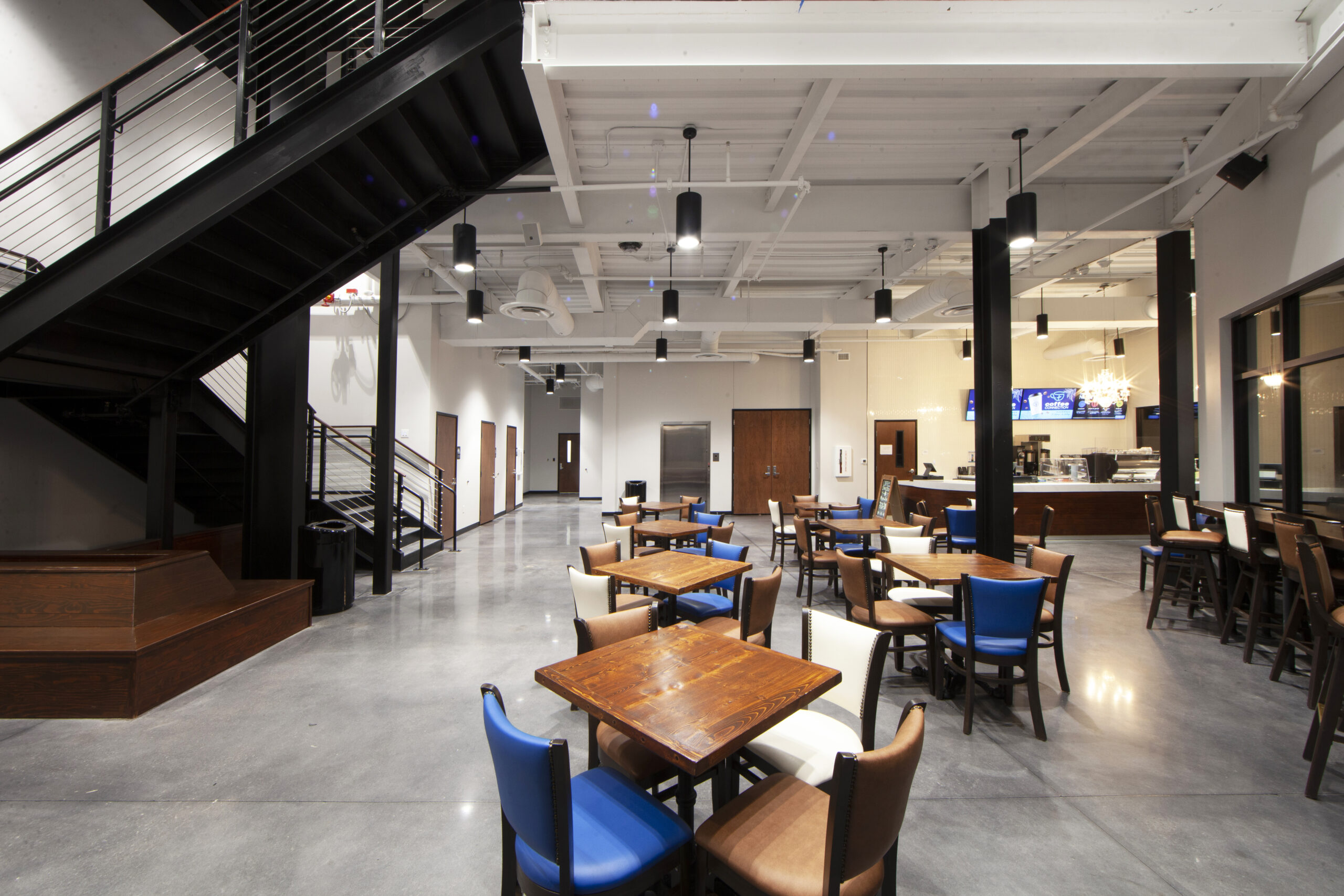
2. Incorporate Flexible / Multi-Use Options
If your best option is to expand or remodel on your existing site, start by conducting a facility analysis to identify underutilized spaces and determine whether spaces can be used more efficiently by repurposing rooms, staggering schedules, or reorganizing layouts. Here are some examples:
- Repurpose large storage rooms into classrooms or meeting spaces, creating multi-purpose rooms that can serve as both classrooms and fellowship halls by using modular furniture
- Restructure children’s ministry schedules to rotate small groups through shared classrooms instead of building new ones, saving costs and maximizing existing space.
- Use stackable or foldable chairs instead of fixed pews to transform the sanctuary into a space for conferences, banquets, or community events.
- Use modular seating and tables to transform the area for larger gatherings or small group meetings (e.g., tables that can fold or stack) for quick reconfiguration. Include movable partitions or sliding glass doors to combine classrooms into larger spaces when needed. Use durable, easy-to-clean materials to handle high traffic from multiple age groups and purposes. Use rolling cabinets and carts to make transitioning spaces easier.
- Dedicate rooms that can double as co-working spaces or meeting rooms for community organizations.
- Provide Wi-Fi, charging stations, and adaptable furniture to make the spaces appealing for weekday use.
3. Innovate with Technology
Leverage technology to create virtual spaces and reduce dependence on physical buildings. This could include any of the following:
- Investing in digital and hybrid ministry models to reduce pressure on physical spaces while maintaining engagement with members
- Expanding live streaming or creating high-quality online experiences to engage remote attendees.
- Providing digital / virtual offerings for small-group resources and gatherings to ease the demand for physical meeting rooms.
- Include wireless AV systems, portable projectors, and multiple screens to make any room suitable for presentations or worship.
- Install retractable screens and ceiling-mounted projectors in large spaces for seamless transitions between different activities.
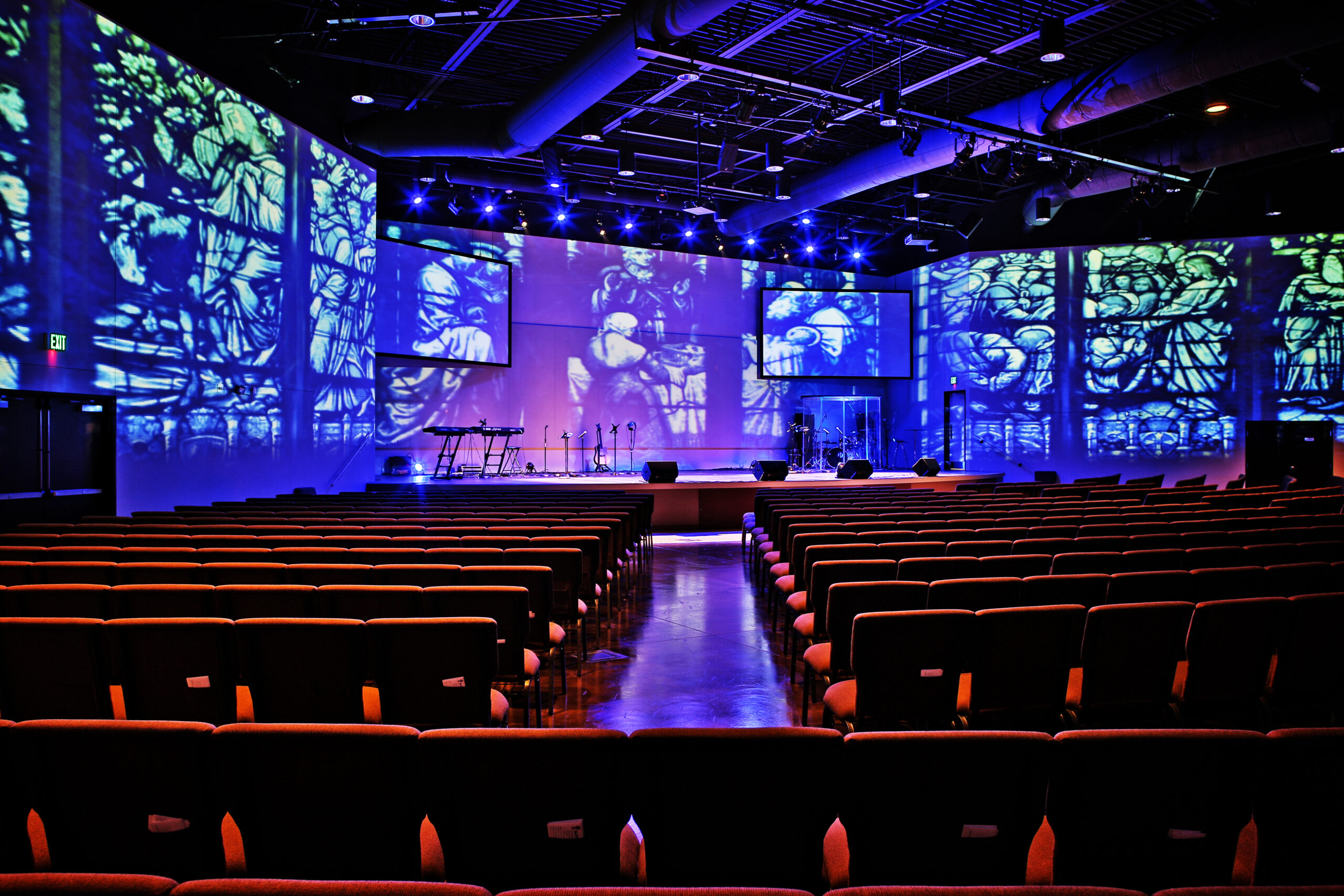

4. Maximize Parking Efficiency
Implement a multi-faceted approach that maximizes available space and encourages alternative transportation options. This can include reconfiguring existing parking layouts for greater efficiency, partnering with nearby businesses or schools for shared parking agreements, and utilizing shuttle services from off-site locations. Encouraging carpooling, promoting public transportation, and providing bike racks can help reduce the number of vehicles on-site. Additionally, adjusting service times or adding additional worship services can help spread out attendance, alleviating peak-time congestion. Engaging with local authorities to explore zoning adjustments or variance approvals can also provide long-term solutions for expanding parking capacity. Utilize gravel lots or temporary parking solutions while working on long-term plans. Use parking lots for dual purposes, such as outdoor worship, community markets, or sports events.

